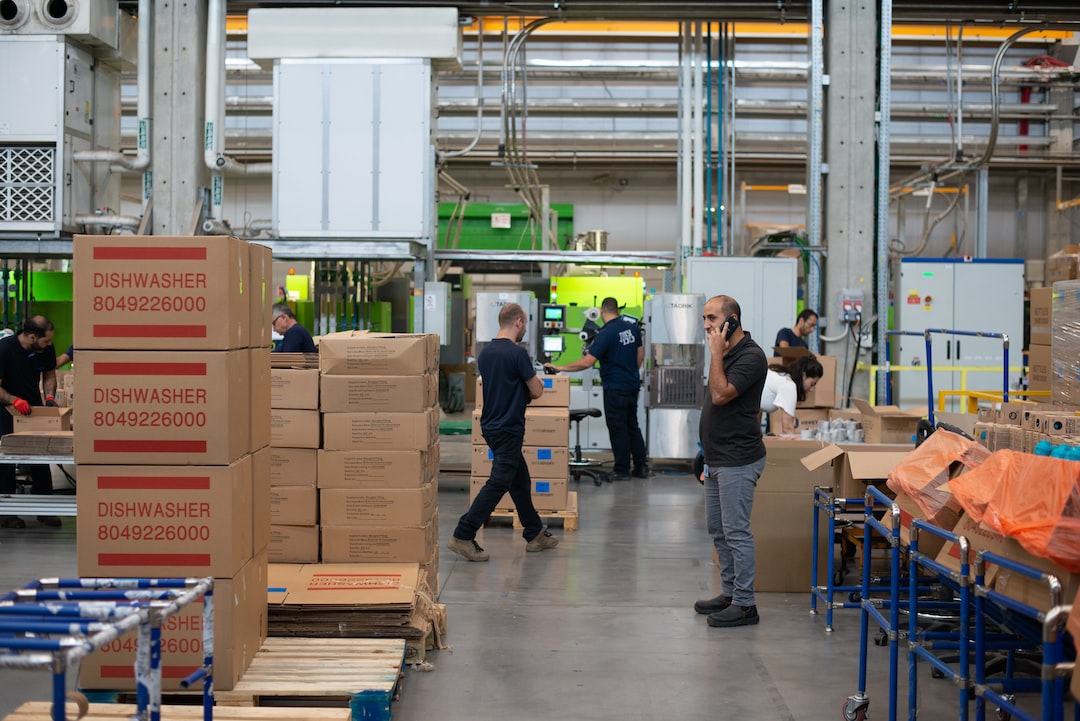How 3D Printing is Transforming Manufacturing Processes
In recent years, 3D printing has gained immense popularity and has been hailed as a groundbreaking technology with the potential to revolutionize the manufacturing industry. 3D printing, also known as additive manufacturing, is the process of creating three-dimensional objects by layering materials on top of each other based on a digital design. This technology has the ability to create complex and intricate shapes that were previously impossible or time-consuming to manufacture using traditional methods. The impact of 3D printing on various industries cannot be overstated, as it has transformed manufacturing processes in numerous ways.
One of the most significant ways 3D printing has transformed manufacturing processes is by reducing production time and costs. In traditional manufacturing, creating prototypes or custom-made products can be a time-consuming and expensive process. 3D printing allows for rapid prototyping, meaning that design iterations can be quickly produced and tested. This significantly speeds up the overall product development cycle and reduces costs associated with creating and modifying molds or tooling. Additionally, 3D printing does not require the use of specialized manufacturing equipment or complex assembly processes, further reducing production costs.
Moreover, 3D printing has enabled the production of highly customized and personalized products on demand. Traditional manufacturing relies on economies of scale, where mass production of identical products is the most cost-effective strategy. However, this approach limits the ability to create products tailored to specific customer needs. With 3D printing, products can be easily customized and individualized without incurring significant additional costs. This opens up a world of possibilities for personalized medical devices, custom-made jewelry, and even unique consumer products.
The versatility of 3D printing also allows for the creation of complex and intricate designs that were once challenging to produce using traditional manufacturing techniques. Traditional manufacturing methods often require creating molds or tooling to shape the desired product. This leads to limitations in design complexity and adds complexity to the manufacturing process. With 3D printing, complex structures, organic shapes, and intricate geometries can be easily achieved without the need for additional tooling. This has particularly revolutionized industries such as aerospace and healthcare, where lightweight and highly complex parts are required.
Furthermore, 3D printing has the potential to significantly reduce material waste and environmental impact. In traditional manufacturing processes, excess materials are often generated during the production cycle and subsequently discarded. This not only leads to significant waste but also contributes to environmental degradation. In contrast, 3D printing is an additive process, meaning it only uses the exact amount of material required to build the object. This results in minimal waste generation and increased material efficiency. Additionally, the ability to recycle materials and reuse them in the 3D printing process further reduces the environmental impact of manufacturing.
The adoption of 3D printing has also democratized manufacturing, allowing small businesses, startups, and individual entrepreneurs to compete with larger companies. Previously, the cost of setting up manufacturing facilities and acquiring specialized equipment presented significant barriers to entry in many industries. However, 3D printing has significantly lowered the upfront costs associated with manufacturing, as it requires less capital investment and offers greater flexibility. This has empowered innovators and creators to bring their ideas to life without the need for large-scale production facilities.
In conclusion, 3D printing has brought about a paradigm shift in manufacturing processes. This transformative technology has revolutionized the way we design, create, and produce objects. From reducing production time and costs, enabling customization and personalization, to creating intricate and complex designs, 3D printing has transformed various industries. Additionally, its positive environmental impact and the democratization of manufacturing further enhance its significance in the manufacturing landscape. The future of manufacturing is undoubtedly shaped by 3D printing, and its potential for innovation and advancement continues to amaze us.

